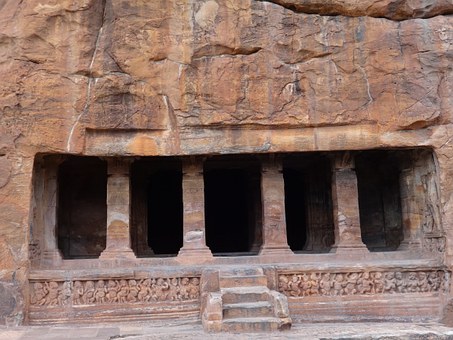Percutaneous nephrolithotomy or nephrolithotripsy in India | We Care India

Percutaneous nephrolithotomy or nephrolithotripsy in India | We Care India
Percutaneous nephrolithotomy (PCNL) is a preferred treatment for large stones within the kidney or upper ureter. The procedure involves making a small incision (1 cm) in the back overlying the location of the kidney. A tunnel is then created from the skin into the kidney to allow passage of a nephroscope. The nephroscope is used to locate the existing stone and any small stones that may not have been visible by X-ray. The nephroscope has an inner channel that allows passage of instruments that are used to break up the stone.
Q Why It Is Done
This procedure may be used to treat kidney stones that are : -

* Larger than in diameter.
* Large and caused by an infection (staghorn calculi).
* Blocking the flow of urine out of the kidney.
* Not broken up by extracorporeal shock wave lithotripsy (ESWL).
Treatment Overview
Percutaneous nephrolithotomy (PCNL) provides the urologist with an important treatment option for patients with : -
* Stones located in the kidney
* Stones accompanied by urinary tract anomaly
* Stones in locations that preclude effective ESWL or endoscopic retrieval
A wide variety of instrumentation is required for percutaneous nephrolithotomy. Each case will present unique challenges. It is imperative that instrumentation is properly selected to match the requirements of the case.
A selection of Boston Scientific instruments can be used for percutaneous access to the urinary tract for stone retrieval and the establishment of nephrostomy drainage.
The following phases in a PCNL procedure can be identified : -
* Access: guidewire
* Dilatation: balloons and access sheaths
* Retrieval: baskets, lithotripsy devices
* Drainage: catheters
In percutaneous nephrolithotomy or nephrolithotripsy, the surgeon makes a small incision in your back to remove kidney stones. He or she then puts a hollow tube into your kidney and a probe through the tube. In nephrolithotomy, the surgeon removes the stone through the tube. In nephrolithotripsy, he or she breaks the stone up and then removes the fragments of the stone through the tube. You need either general anesthesia or regional or spinal anesthesia during this procedure. A small tube (catheter) inserted into the kidney will drain urine until the kidney heals.
Q. What To Expect After Treatment
You will be in the hospital for at least 2 to 3 days. Most people are able to return to work within a few weeks.
Q. How Well It Works
Percutaneous nephrolithotomy or nephrolithotripsy successfully removes stones in the kidney about 95 times out of 100 and successfully removes stones in the ureter about 88 times out of 100.
Risks
Risks of this procedure include : -
* Bleeding.
* Holes (perforation)
in the kidney. They usually heal without further treatment.
* Injury to other abdominal organs, such as the bladder or colon.
* Damage that affects normal kidney function.
Complications
The following complications may take place : -
* Injury to the colon
* Injury to the renal blood vessels
* Urinary leak may persist for few days
* Sepsis
Q . What To Think About
These procedures are technically difficult. A stone that has left the kidney may need to be pushed back into the kidney with a small tool (ureteroscope) before the surgeon can do the procedure.
These procedures are used more frequently than extracorporeal shock wave lithotripsy (ESWL) to remove larger stones, such as staghorn calculi. Every fragment of a staghorn calculus must be removed to prevent the stone from returning.
Please log on to : Percutaneous nephrolithotomy
Please log on to : Get A Quote

We Care Core Values
"We have a very simple business model that keeps you as the centre."
Having the industry's most elaborate and exclusive Patient Care and Clinical Coordination teams stationed at each partner hospital, we provide you the smoothest and seamless care ever imagined. With a ratio of one Patient Care Manager to five patients our patient care standards are unmatched across the sub continent.
http://www.articlesbase.com/medical-tourism-articles/percutaneous-nephrolithotomy-or-nephrolithotripsy-in-india-we-care-india-2821813.html Reading Festival Tickets - Reading Festival Lineup Announced 2010 Rural Tanks for Harsh Climate Conditions in Australia APSRTC Conveys About 14 Million Travellers Every Day Traveling With a Mini Scanner Travel Destinations in North and North East India Corfu Travel Tips Adventure Tourism In India Egypt holiday : Pyramids of Giza one of the Seven Wonders of the Ancient World Golden Triangle Tour Along With Top Destinations of South India How to Prevent Basement Flooding in Washington DC India Neighbouring Countries Villa holidays in Spain are popular, figures suggest Enjoy a relaxing holiday in the loving lap of nature